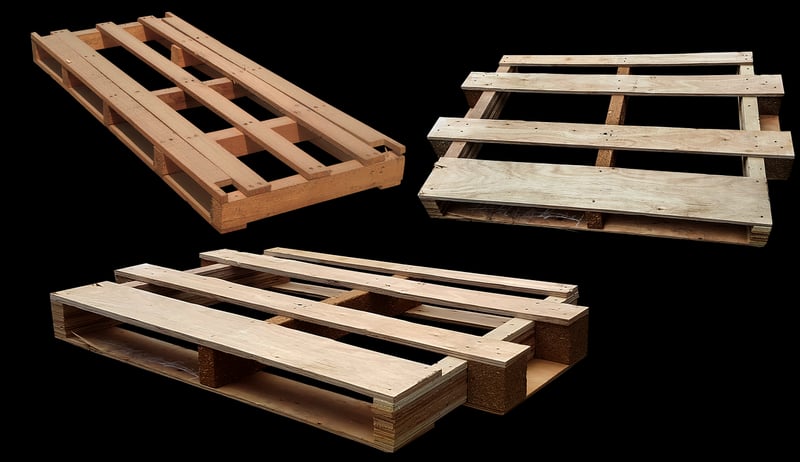DIY Vertical Structures
Tips for Growing Plants Vertically + DIY Vertical Structures
Introduction
Growing plants vertically is a great way to maximize space in small gardens or urban environments. Not only does it save space, but it also adds a unique aesthetic to your garden. In this article, we'll discuss some tips for growing plants vertically and provide DIY vertical structure ideas to get you started.
Tips for Growing Plants Vertically
- Choose the Right Plants: Opt for vining plants like tomatoes, cucumbers, peas, or beans that naturally grow vertically.
- Provide Adequate Support: Use trellises, stakes, or cages to support the plants as they grow.
- Watering: Ensure that your vertical garden is adequately watered as plants grown vertically may dry out faster.
- Light: Position your vertical garden in a location that receives sufficient sunlight for the plants to thrive.
- Pruning: Regularly prune your plants to encourage upward growth and prevent overcrowding.
DIY Vertical Structures
1. Pallet Planter
Repurpose an old wooden pallet into a vertical planter by adding shelves or pockets for planting. Secure it to a wall or fence for stability.

2. Hanging Gutter Garden
Use old gutters mounted on a wall or fence to create a unique vertical garden. Plant herbs or small flowers in each section for a stunning display.

3. PVC Pipe Tower
Stack PVC pipes of varying diameters filled with soil to create a vertical tower garden. Plant flowers or herbs in each section for a colorful arrangement.

By following these tips and DIY vertical structure ideas, you can create a stunning vertical garden that not only saves space but also enhances the beauty of your outdoor space. Get creative and start growing vertically today!
